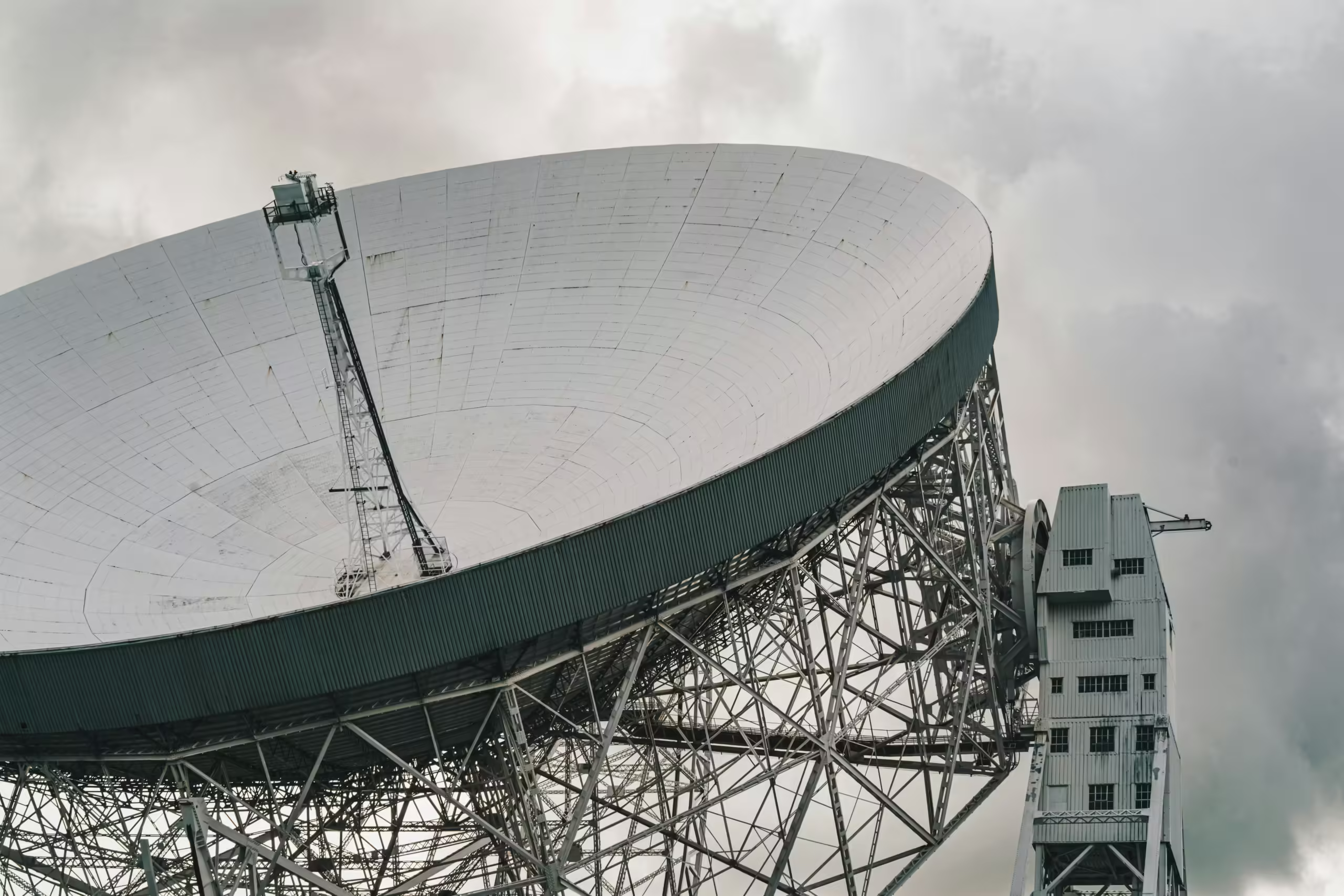Refracting versus Reflecting Telescopes. What is the difference between refracting and reflecting telescopes? This question forms the crux of our exploration today, diving into the celestial realm where light bends and bounces off mirrors. Whether you’re an amateur stargazer or a seasoned astronomer, understanding the distinction between these two types of telescopes can enrich your cosmic observations and guide you toward the right instrument for your needs.
In the vast field of astronomy, telescopes serve as the quintessential tools to unlock the mysteries of the universe. With the advent of modern technology, these instruments have evolved significantly from their rudimentary origins. However, refracting and reflecting telescopes remain the cornerstone of astronomical observation. By understanding how each of these telescopes functions, you not only gain insight into their distinct mechanisms but also into your own journey of discovery among the stars.

Table of Contents
Historical Context
Let’s take a brief jaunt down history lane to understand how these telescopes came into existence. The refracting telescope was the brainchild of the early 17th-century astronomers like Hans Lippershey and Galileo Galilei. Galileo modified a simple spyglass into a refractor to gaze upon stars and planets, marking one of humanity’s earliest ventures into space exploration.
Fast forward a few decades, and Isaac Newton introduced the reflecting telescope, aiming to correct color distortions—known as chromatic aberrations—that plagued refracting telescopes. This revolutionary design involved mirrors instead of lenses to gather and focus light.
The Anatomy of Telescopes
Before jumping deeper, let’s break down how these devices work. Think of it as unlocking their celestial coding. Telescopes, simply put, are designed to collect light. The more light they gather, the better the image you see. But how they do it differs significantly between refracting and reflecting types.
Refracting Telescopes
A refracting telescope, also known as a refractor, uses lenses to focus light. The primary lens, called the objective lens, bends (or refracts) the incoming light to a focal point within the tube, creating an image. From there, the eyepiece magnifies this image so you can observe it in detail. The complexity comes with the lenses’ need to be precisely shaped and mounted.
Reflecting Telescopes
Reflecting telescopes deviate by using mirrors to accomplish their task. The primary mirror collects the light and reflects it to a focal point, where it is then bounced to an eyepiece by a secondary mirror. This design eliminates chromatic aberration, as mirrors are not prone to distorting colors the way lenses can.
Key Concepts and Definitions
Aperture
Aperture is critical to telescope function. It’s the diameter of the objective lens or mirror and dictates how much light the telescope collects and, ultimately, the clarity of the image. Larger apertures mean more light and finer detail.
Focal Length
Focal length refers to the distance from the lens or mirror to the point where the telescope creates an image. This aspect affects the magnification power of the telescope.
Chromatic Aberration
Chromatic aberration is a phenomenon where different colors of light are refracted by varying amounts and don’t converge on the same focal plane, leading to a halo of colors around objects viewed through a refractor.
Comparing Refracting and Reflecting Telescopes
Structure and Build
- Refractors: Feature a long tube with an objective lens at the front.
- Reflectors: Comprise a shorter, wider tube with mirrors; more compact design for equivalent aperture size.
Optical Performance
- Refractors: Experience chromatic aberration unless costly apochromatic lenses are used.
- Reflectors: Free from chromatic aberration, providing clearer images of faint objects.
Maintenance
- Refractors: Generally low-maintenance due to the sealed tube, protecting the optics from environmental factors.
- Reflectors: Require periodic alignment (collimation) and can have issues with dust ingress.
Cost
- Refractors: Typically more expensive per inch of aperture.
- Reflectors: Offer more aperture at a lower cost, making them a cost-effective option for larger telescopes.
| Aspect | Refractor | Reflector |
|---|---|---|
| Image Clarity | Chromatic aberration possible | No chromatic aberration |
| Maintenance | Low | Requires regular collimation |
| Cost | Higher per inch of aperture | More affordable |
| Size | Generally longer | More compact |

Real-world Applications and Implications
Example 1: Refracting Telescopes in Action
Consider the role of refracting telescopes in wildlife observations. Their robust build and low-maintenance design make them excellent for terrestrial viewing. Marine biologists often prefer large refractors for studying distant aquatic life without chromatic distortions.
Example 2: Reflecting Telescopes Observing Space
Reflectors are ubiquitous in large observatories. Take the Hubble Space Telescope, a reflecting telescope that has provided some of the most awe-inspiring images of our universe without the chromatic challenges of its counterpart.
Future Directions and Predictions
Considering the pace of technological advancement, innovations in telescope design are likely to refine these instruments further. Upcoming trends may see the integration of adaptive optics in consumer models, reducing atmospheric distortion for reflectors and developing more advanced coatings for refractor lenses to mitigate chromatic aberration.
The democratization of space exploration with hobbyist telescopes becoming more powerful and affordable continues. A future where cutting-edge refractor and reflector models are accessible to amateur astronomers could revolutionize civilian contributions to space exploration.

Implications
As the boundary between professional and amateur telescope usability blurs, wider access could accelerate discoveries like never before. Enthusiasts with their backyard setups may be pivotal in finding new celestial bodies or tracking asteroids.
In conclusion, understanding the distinction between refracting and reflecting telescopes involves appreciating both their unique differences and shared goal—bringing the universe to you. Whether you marvel at planetary details with a sturdy refractor or chase nebulae with a nimble reflector, the cosmos is at your fingertips, ready to reveal its stories.
To summarize, refracting telescopes, with their elegant lens designs, offer stable and maintenance-light options, ideal for beginners. Reflecting telescopes, favored for their clarity and cost-effectiveness, expose deep space wonders without chromatic hindrances. Armed with this knowledge, which telescope captures your imagination for the next adventure among the stars?
